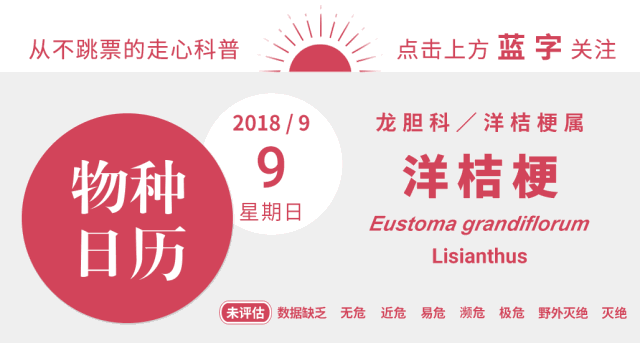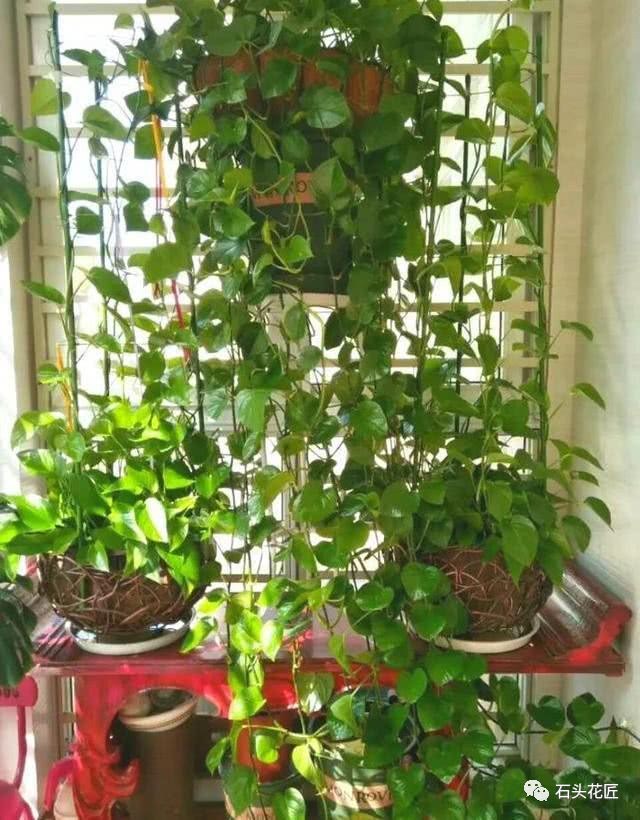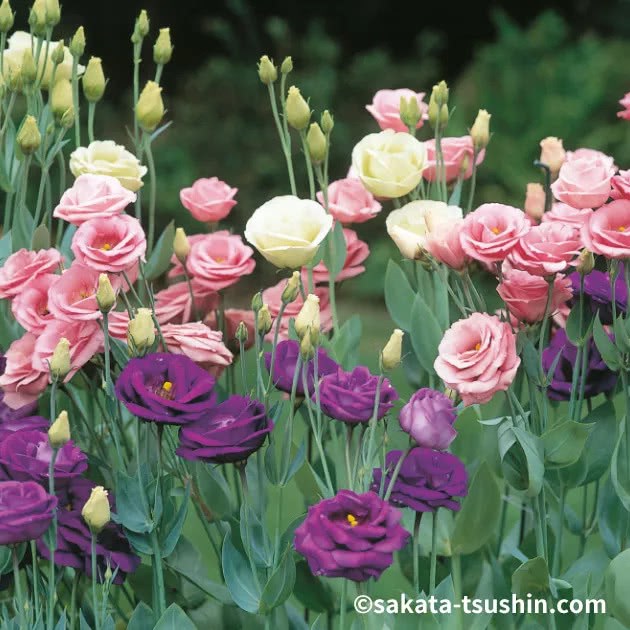What is the relationship between Platycodon grandiflorum and Platycodon grandiflorum?

From the release of species Calendar 2019
And
??
day
At the end of today's "Calendar Niang Big News" session, the original painting @ Li Liang of the "species Calendar" will answer the question: how are the beautiful illustrations drawn? Is there a tutorial? For more questions, I'll see you in the message area.
In 1834, the Texas town of Velasco Velasco (now Freeport, Texas) experienced cholera, leaving only about 100 people alive, and the Scottish botanist Thomas Drummond was knocked down by the cholera. This is the seventh year he has traveled through the North American wilderness.
Drummond collected thousands of specimens of herbs and moss from the prairie and Rocky Mountains and sent them back to England, which were collated by botanist William Hook (William Hooker). In the 1820s and 1930s, Hook persuaded the British government to recommend botanists to join expeditions around the world, and Drummond was one of them. These specimens are of great help to Hook's academic research, not only enriching his collection, but also improving his status in the scientific community. In 1841, Hook was appointed director of Kew.
But Drummond was unable to celebrate his references. He died of illness in Havana in February 1835 at the age of 42. Drummond was one of the countless plant hunters who died abroad during the great plant discovery, but at least he left his name, and among the thousands of North American plants he sent back to Britain, one became one of the most famous cut flowers in the world. This is Platycodon grandiflorum.
Platycodon grandiflorum. Picture: Andrew Dunn / wikmedia
Your name is?
There are more than 700 species of Gentianaceae in the world, of which Platycodon grandiflorum only accounts for 1 (or 2, 3) species, but there are many scientific names.
Platycodon grandiflorum has blue-green leaves and stems with white frost, which is the origin of its earliest generic name Lisianthus-a combination of the ancient Greek words "lysis" and "anthos", the former for bitterness and the latter for "powder".
The plant, discovered by Drummond, was first published in 1838 and was named Lisianthus russellianus. Later, in order to work with some South American Gentianaceae plants such as Lisianthiusspp. To distinguish, the generic name is changed to simple and rude Eustoma. The genus name comes from the ancient Greek words eu (good) and stoma (mouth), referring to the bell-shaped Corolla of Platycodon grandiflorum with a large opening.
There have been three species in the genus Platycodon grandiflorum, E. russellianum, E. grandiflorum and E. exaltatum. E. grandiflorum is sometimes regarded as a synonym of E. russellianum, while E. russellianum is sometimes regarded as a subspecies of E. exaltatum. The picture shows a scientific illustration of E. exaltatum subspecies in 1838. Picture: Hooker / wikmedia
The most commonly used English name of Platycodon grandiflorum is prairie gentian (prairie gentian) because it is widely distributed in North American prairie states (North American Prairie). It is also distributed in the West Indies, Mexico and Belize. Its natural environment is generally in moist grasslands near rivers, but it can also tolerate salinized swamps, riverbeds and coasts.
Platycodon grandiflorum sown in autumn usually blossoms at the turn of spring and summer in the following year. Its flowering stem is slender and hard, as high as 60cm, and it produces gorgeous bell-shaped flowers at the top of the stem, with a diameter of more than 5cm. It can not only become the focus of summer courtyard plants, but also suitable for the display of cut flowers on various occasions.
Platycodon grandiflorum in the grass. Picture: utexas.edu
What's the relationship with Platycodon grandiflorum?
Soon after the specimens and seeds of Platycodon grandiflorum arrived in Europe, the Glasgow Botanical Garden successfully cultivated flowering plants, which were later introduced into the Netherlands, which has a pleasant climate and is suitable for flower cultivation. In 1846, a large number of Platycodon grandiflorum potted plants appeared at the Flower Show in Utrecht, the Netherlands. From the end of the 19th century to the beginning of the 20th century, Platycodon grandiflorum occupied the commercial list of many flower breeders, and seeds were sown all over the world.
Platycodon grandiflorum was introduced into Japan before World War II, when it was called "Turkish Platycodon grandiflorum". Because its unopened buds are spiral, similar to the headscarf worn by men in Ottoman Turkey, the flower shape and color after opening are somewhat similar to those of Platycodon grandiflorum.
Unopened buds. Picture: utexas.edu
Traditional Ottoman men's clothing. Picture: Adam Asar / flick
Pay attention to the balloon buds and serrated leaves of Platycodon grandiflorum. Picture: Kurt Stueber / wikmedia
After the war, Japan was the center of Platycodon grandiflorum breeding in the world. In 1967 and 1968, Japanese breeders discovered white and pink mutants successively, which laid the foundation for modern Platycodon grandiflorum breeding. In 1982, a Japanese breeding company launched the first F1 hybrid for the first time.
How to grow Platycodon grandiflorum?
There are many varieties of Platycodon grandiflorum, which are changing with each passing day, and there are constantly varieties suitable for all kinds of consumers, from the purple single flower at the beginning to the multi-flower double rose-shaped variety with changeable color now. However, the largest number of cut flower varieties, especially those propagated by seeds, are no less than the four largest cut flowers in the world (rose, chrysanthemum, carnations and gladiolus).
Rose and carnations. Picture: Farm & 4028mdk09 / wikmedia
Platycodon grandiflorum is a better flower, but it is a bit troublesome to sow, because the seeds are too small to cover the soil and keep moist, and the seeds on the surface are easily washed away, so it is best to buy seedlings of dwarf varieties suitable for garden cultivation and potted plants. The flower stem of dwarf variety is shorter than that of cut flower variety, so it is not easy to lodge, and the continuous flowering ability of dwarf variety is very strong, as long as the residual flowers are removed in time, they can blossom until autumn and winter in warm areas.
Platycodon grandiflorum likes moist soil, ventilated environment and big sun, as well as fat, but no matter what kind of Platycodon grandiflorum is afraid of the cold, so the northern area can not survive the winter outdoors. Unlike one-year-old Platycodon grandiflorum in the wild, many varieties of Platycodon grandiflorum used for planting are perennial, with one purchase and multi-year income.
As usual, put the Platycodon grandiflorum planted by yourself, which are purple double cut flower variety, pink cut flower variety and purple dwarf variety. Picture: frost moth
When we walk through the flowers, enjoy the colorful eyes, or hold the bouquet in our hands and immerse ourselves in the fragrance, we might as well review their history. Thanks to those intrepid plant hunters and unknown breeders, the world is colorful because of their work, and every flower is worth paying attention to.
This is the 232nd article in the fourth year of the species calendar, from the author of the species calendar @ frost moth.
Calendar Niang today's avatar
Gentianaceae spring flower gentian
- Prev

This kind of black beard can absorb formaldehyde more strongly when green pineapple is raised dry for a month.
Green pineapple has become a kind of popular flower, because it is good-looking and can absorb formaldehyde, so green pineapple has entered thousands of households, especially for some families who have just finished decorating their house, the owner will buy a lot of pots of green pineapple and put it on.
- Next

The meaning of travel is the same as happiness in travel.
"Wow, what a big flower!" The little panda jumped to the fox. "it's right over there!" "you're up so early." The fox rubbed his eyes, turned over and put his tail over his ear. "aren't you sleepy?" "such a fine day.
Related
- Wuhan Hospital Iron Tree Blooming Result Was Instantly Frightened by the Gardener Master
- Which variety of camellia is the most fragrant and best? Which one do you like best?
- What is the small blue coat, the breeding methods and matters needing attention of the succulent plant
- Dormancy time and maintenance management of succulent plants during dormancy
- Minas succulent how to raise, Minas succulent plant pictures
- What are the varieties of winter succulent plants
- How to raise succulent plants in twelve rolls? let's take a look at some experience of breeding twelve rolls.
- Attention should be paid to water control for succulent plants during dormant period (winter and summer)
- Watering experience of twelve rolls of succulent plants
- Techniques for fertilizing succulent plants. An article will let you know how to fertilize succulent plants.

